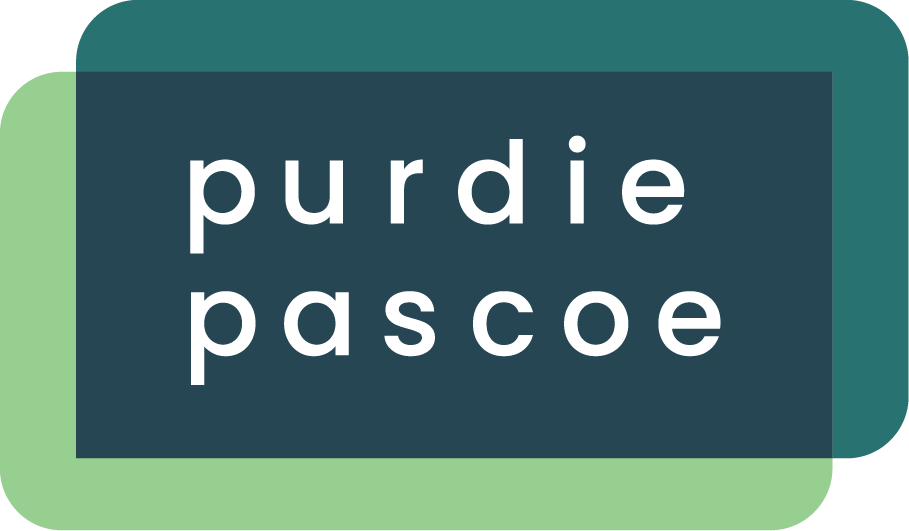Webcam Interviews - The rules of engagement
Back in October, Guy Pascoe wrote about the increase in webcam interviewing during COVID. Six months later, he’s back with an update.
First off, we need to standardize the terminology please people…I’m seeing everything from the vanilla ‘video interviews’ to the hateful ‘WATDIs’. Surely not snigger-inducing VDIs, or post-apocalyptic ZoomDIs. I’m going to go with webcam interviews, prosaic and not strictly accurate (the cam may not be on, see below), but inoffensive at least.
Anyhow, as I wrote last year these are not new, but they have most definitely entered the mainstream for all of us who regularly moderate interviews – and they are undoubtedly here to stay.
I hope they won’t replace face-to-face completely. But those of us who’ve done the hard yards trekking from one facility to another, and one city after another, will know that the glamour of yet another night in a Novotel, the novelty of a bowl of M&Ms and the joy of scrabbling for WiFi and plug sockets in a departure lounge soon wears thin. And let’s face it – we should be travelling less for the sake of our planet, and certainly cutting down non-essential travel.
But webcam interviews represent a major upgrade on the good old TDI. What’s not to love? The tech gets better and better, the sound quality is, subject to the usual glitches, superb, it’s effectively free, and it’s easy for clients to dial in and listen or view (subject to GDPR, naturally).
Unless there is a clear need for using the webcam, e.g. hands-on product testing, my policy is to turn mine on at the start only, and hope – but definitely not insist – that the respondent does too. The extra human connection that this opening couple of minutes allows makes the interview easier and more pleasant for both parties. Sometimes the respondent’s physical background can offer ice-breaking opportunities - I was able to bond with a Belgian anaesthetist recently over a shared love of vinyl, evident from the racks of records behind his home desk.
But, unless agreed beforehand for any reason, I’ll let the respondent turn their video off once I start recording. This is necessary for GDPR in some countries, and in any case we’re nearly always using the screen to review information during the interview. It also helps keep the size of recordings more manageable.
A side note on file sizes – even the audio files are much larger than old digital voice recordings and Zoom automatically creates video (even if the camera was off) and audio versions. Even if your cloud provides massive storage capacity, the environmental implications are significant. We are working on strategies to minimize the numbers of these files we keep, and how best to store them.
But there’s another reason for turning the webcam off. We all spend way more time having to look at ourselves these days, and frankly one can have too much of a good thing. This phenomenon has even been credited with a surge in demand for plastic surgery since remote working became the norm! Turning the camera off helps; some companies are even introducing ‘Zoom free Fridays’ for exactly this reason.
At the end of the interview, once I’ve stopped the recording, I’ll typically flip my camera back on again to sign off with a smile and a wave. As all moderators know, this informal post-interview window is sometimes the moment where a hidden gem emerges – that killer extra comment which you may not have captured on the recording, but which provides a vital missing bit of feedback. If a respondent also turns their camera back on, I know there’s a higher chance of one of these coming out.
We’ve just started experimenting with auto transcription. Plug-in services like Otter.ai have been available for a while, and Zoom are now offering their own offering as part of their Business bundle. The quality looks okay so far, clearly not as good as a human transcriber could do, but the time spent tidying up even a jargon-filled healthcare interview is only a fraction of how long a whole transcription would take.
The tools of our trade will carry on improving, and we will continue to learn and adapt. As I wrote last time, talking to clinicians is a privilege. Technology that makes it easier for us and them, and more valuable for our clients, is worth its (virtual) weight in gold (or bitcoin).

